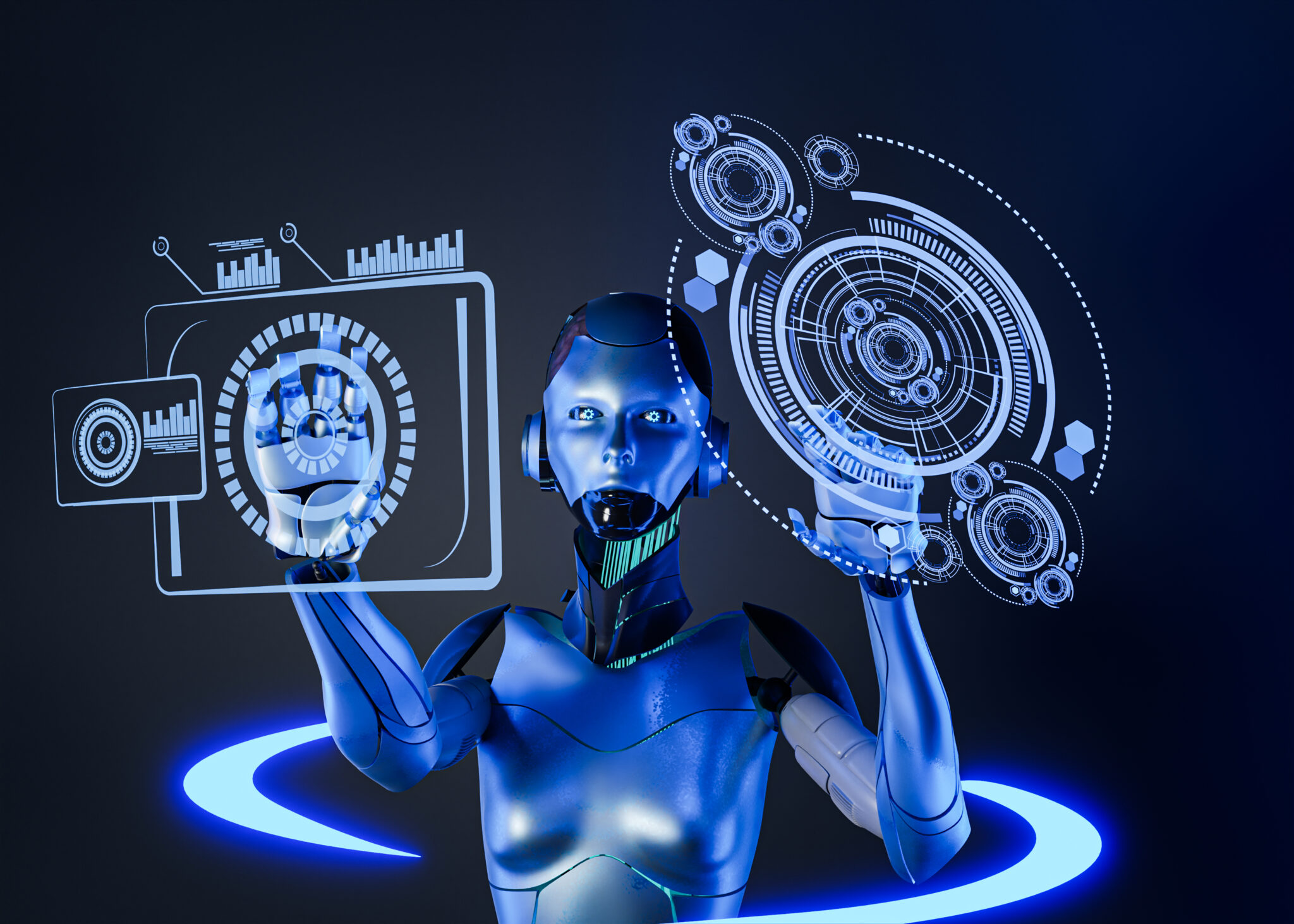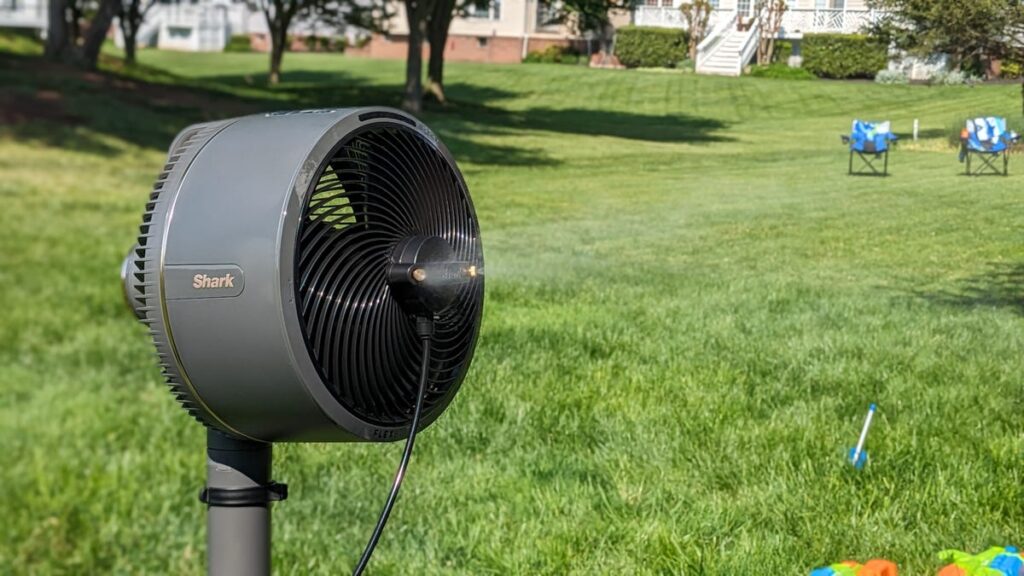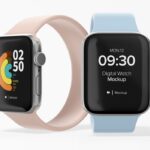Generative AI has been providing accurate content generation of text, images, and even video and has been disrupting marketing to health care and more since 2025; currently, this operation is set to become even more effective for businesses and creators. Hyper-personalized marketing and scientific research and endless new opportunities are some of the other marvellous hear sayings about the future brought by generative AI. Here are the top 10 generative AI trends for 2025 that will shape the future into a context where businesses can innovate and prosper even more easily.
1. Using AI to Boost Creativity
One very cool application of generative AI is creating art, animations, and music from services like DALL-E that take in simple input data. Such tools are not limited to basic output but now render high-quality outcomes closely aligned with user ideas. It was reported that Coca-Cola had partnered with DALL-E for their “Create Real Magic” campaign while executing AI art behind compelling marketing content. This will allow the artist, musician, and even the marketer to push further boundaries of creativity and thereby make AI an inevitable instrument for innovating new advertising, entertainment as well as designing concepts.
2. Super-Personalization using GenAI
Personalization at scale is the biggest game changer – whether it is in pharmaceuticals, e-commerce, and anywhere between. For example, in pharmaceuticals, generative AI is used to make tailored content for healthcare professionals ensuring that a drug launch campaign resonates with the very specific needs it may serve. For example, AI-led data analysis will personalize message crafting and enhance engagement, among many other aspects. Apart from health care, e-commerce as well as entertainment are some of the other sectors which deploy AI in predicting fan behavior that may revolve around personalized shopping or viewing experience. This trend amplifies satisfaction amongst customers and further strengthens the kind of pull businesses have with their audiences.
3. Enhancement in Natural Language Understanding
Generative AI models like GPT are making conversational AI smarter. These systems understand context, respond meaningfully, and learn from the user’s preference, thereby offering more personalized interactions. By 2025, companies are going to be using conversational AI for customer service, virtual assistants, and even personalized marketing among many other aspects. Such an approach will help improve user’s experience by making interaction much smoother and convenient which in return saves time and enhances customer relationship.
4. Human Intervention in Artificial Intelligence
Although some advancements would be automatization in medicine and pharmaceuticals, one of the main applications of generative AI is in easing scientific research. Summarization of intricate research papers through large language models (LLMs) in seconds by extracting the most important results helps save time for researchers, which in turn speeds up literature reviews, thus expediting the development processes of treatments and drugs. Generative AI promotes innovation within health care by enabling evidence-based decisions for practitioners and improving outcomes for patients.
5. Human-in-the-Loop (HITL) AI
AI in 2025 may end up being the Human-in-the-Loop (HITL) approach, which will be a combination of AI doing things with human oversight to ensure that everything being done is ethical and accurate. When used in the training process, human beings can help make cultural sensitivities and practical needs recognizable to AI for business applications. The scope of HITL lies in imbuing trust in AI systems, thus rendering them more dependable for use in such applications as content generation and decision-making, which require precise and ethically acceptable actions.
6. Multimodal AI
Multimodal AI models that are dealing with text and images and even video is one of the hotcakes for 2025. OpenAI GPT-4V, Lumiere by Google, etc. multitasking, natural language processing and computer vision could be among such kinds of models. A user can, for instance, receive verbal directions accompanied by visual guides; this will add on to a much more enhanced experience. Such multimodal AI solutions will, therefore, find the best applications in industries like education, healthcare, and entertainment, where varied data inputs translate into better outcomes.
7. Open-Source Generative AI
By providing means for the development of generative AI, through open-source projects, like TensorFlow, PyTorch, Stable Diffusion, and others, innovation started to gain momentum available to everyone. These frameworks are collaborative in nature as much as they are capable of allowing the same individuals to share knowledge and rectify biases on building ethical generative AI solutions. Open-source AI brings about transparency and trust that’s needed for ensuring responsible evolution of generative AI. It is a driving force behind the need for businesses and developers who would wish to have tailor-made AI tools without having to depend on expensive proprietary systems.
8. Keeping Up with Rules in GenAI
With the advancement of generative AI, concerns about privacy and bias are also expected to increase. By 2025, regulations are going to have a strong form such as the EU’s proposed Artificial Intelligence Act governing the development and use of AI. As of now, countries like the U.S. are still in the process of developing such regulatory frameworks. However, businesses are already putting AI to work, especially in pharmaceuticals, to create compliant materials. Thus, for instance, it is generative AI that helps in the creation of error-free documents for drug launches and holds to industry standards. This represents a supportive trend for safe and ethical adoption of AI.
9. Bring Your Own AI (BYOAI)
BYOAI brings the ability to have custom AI models work within existing systems. In health care, for example, algorithms can be created that will analyze patient data in order to predict outcomes and suggest tailor-made treatments. JPMorgan Chase is an example of a bank that uses its own AI systems, an example being Index GPT for purposes of enhancing risk management and service to the customers. BYOAI is flexible, allows the company to align the AI with its specific goals, which makes it a powerful trend for personalized innovation.
10. Apps and Services Enhanced by AI
Apps which are AI-augmented are heralding the change of interaction and technology itself. It could be anything ranging from content creation tools that understand the way one writes to health care apps having personalized treatment plans. This, therefore, enhances the efficiency and user experience as a whole. By 2025, there will be an augmentation of generative AI in applications and services by businesses for making them even smarter and more attuned to individual requirements. The trend is going to reconfigure industries such as education, healthcare, as well as customer service.
Why These Trends Are Important
Such generative AI trends are more than technology; it’s the way business will come to operate and be in touch with consumers. From user personalization to fast-tracking scientific discoveries, generative AI is a productivity and innovation enabler. These and other related ethical concerns and regulatory needs remain challenges that will need to be ironed out before long. Riding with experienced AI builders might just be the ticket for companies looking to navigate these shades and unlock the full power of generative AI by 2025.






















